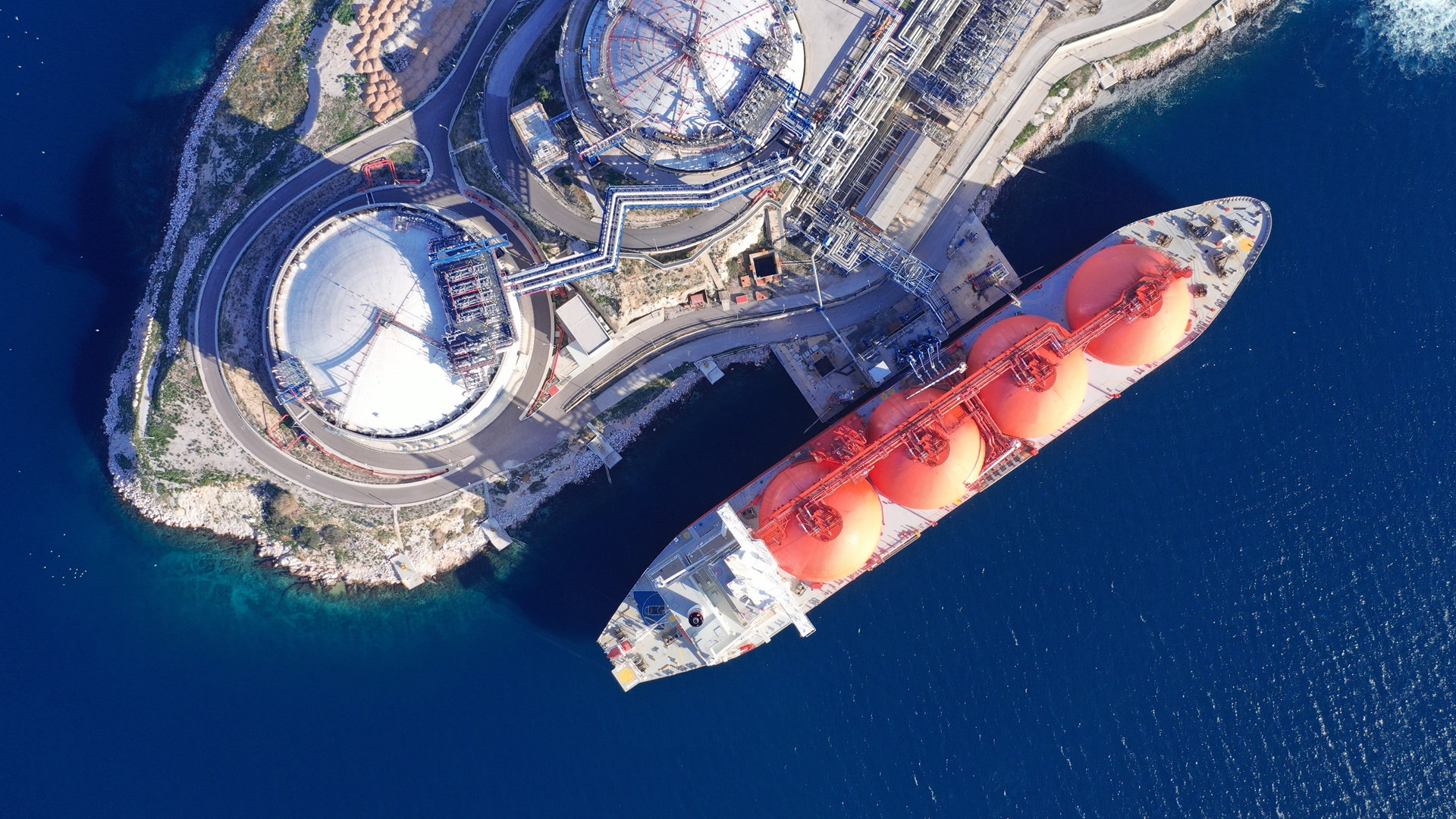Understand
The reality of your operations, processes, asset performance and risk exposure, answering questions like: “How are our assets performing right now?”, “Will our drilling schedule enable us to deliver in line with our targets?” or “What are our actual supply chain risks – and how can we mitigate them?”




